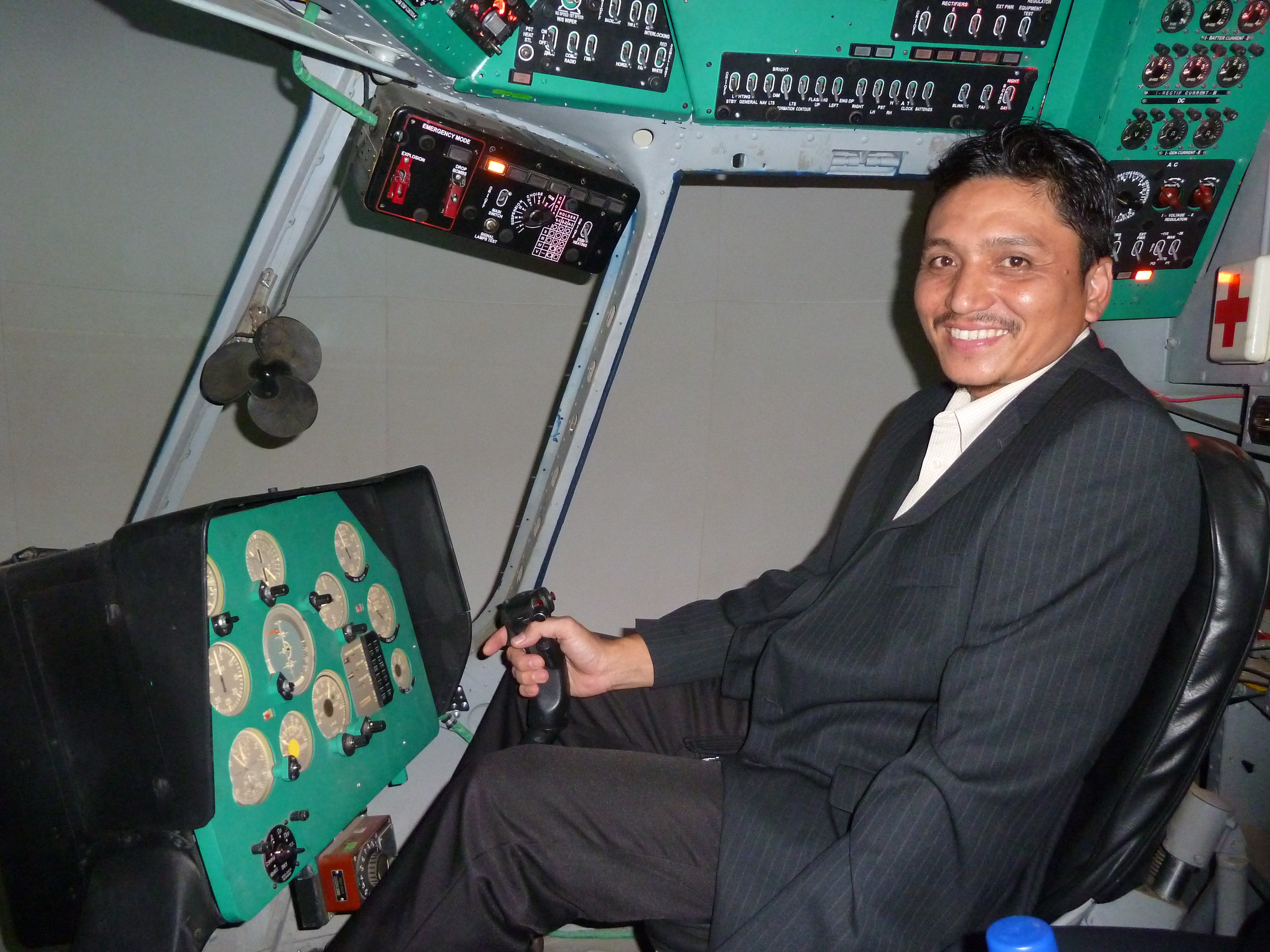OCCUPATIONAL SAFETY AND HEALTH (FRSB 2293)
Bilik Seminar 1 BATC
15-16 June 2019
15-16 June 2019
Click HERE for attendance
Chapter 1 OSH_legislations in Malaysia
Chapter 3a Basic Principles of Accident Prevention
Engineering Disaster
15 June 1997
TEST 2
FRSB2293
Occupational Safety, Health and Environment Management
QUESTION 1
A company based in Penang which assembled PCB based has been operating for the past 7 years with 1000 employees. In 2010, two accidents occurred:
-
First accident: One employee had the front portion of the finger (right hand) severed during a mechanical assembly process.
-
Second accident: Another employee accidentally stucked his hand in a conveyor belt during a maintenance process.
The cases were not reported to DOSH and no claim was done under PERKESO. It appears that the company does not have a safe working environment or a safety policy in their workplace.
-
Describe the roles and responsibilities of the employer and employees in ensuring a safe and healthy workplace. (8 marks)
-
Explain ways to improve the safety awareness to the workers. (10 marks)
-
Suggest the safety measures to be implemented in preventing accidents from recurring. (9 marks)
PMA (Please submit PMA before 17 July 2019)
Occupational Safety and Health Management in Organizations
- Introduction
- OSH issues
- Objectives
- Preventing Accidents
- Hazard Mapping
- Hazard Assessment Form
- System of Safety
- 5s
- Conclusion
- References





